20 Amazing Nature Facts To Know
To support the running costs of Moral Fibres, this post may contain affiliate links. This means Moral Fibres may earn a small commission, at no extra cost to readers, on items purchased through these links.
Ready to be amazed and astounded by the natural environment? Here are 20 facts about nature that will surprise you.
With 1 million animal species currently facing the threat of extinction and 45% of flowering plant species facing extinction too, the planet isn’t in great shape right now. Caused by a combination of habitat destruction, hunting, pollution and human-induced climate change, the situation is so bad that scientists say we’ve entered a sixth mass extinction.
I’ve spent years of my life studying the natural world and communicating that knowledge to others. The one thing I know most about nature conservation is that understanding the plants and animals that we share the planet with is key to protecting them.
After all, we can only love what we know, and we can only protect what we love. So to help spark that love of nature, I’ve got 20 amazing facts about plants and animals that will make you fall in love with the natural world.
20 Amazing Facts About Nature To Know

From trees that can talk to each other, to the amazing things that manatees can do with their farts, and the insects that can navigate using the stars, here are twenty of my favourite facts about nature to know, to help you develop a love of the natural world:
1. Honey Bees Dance To Communicate With Each Other
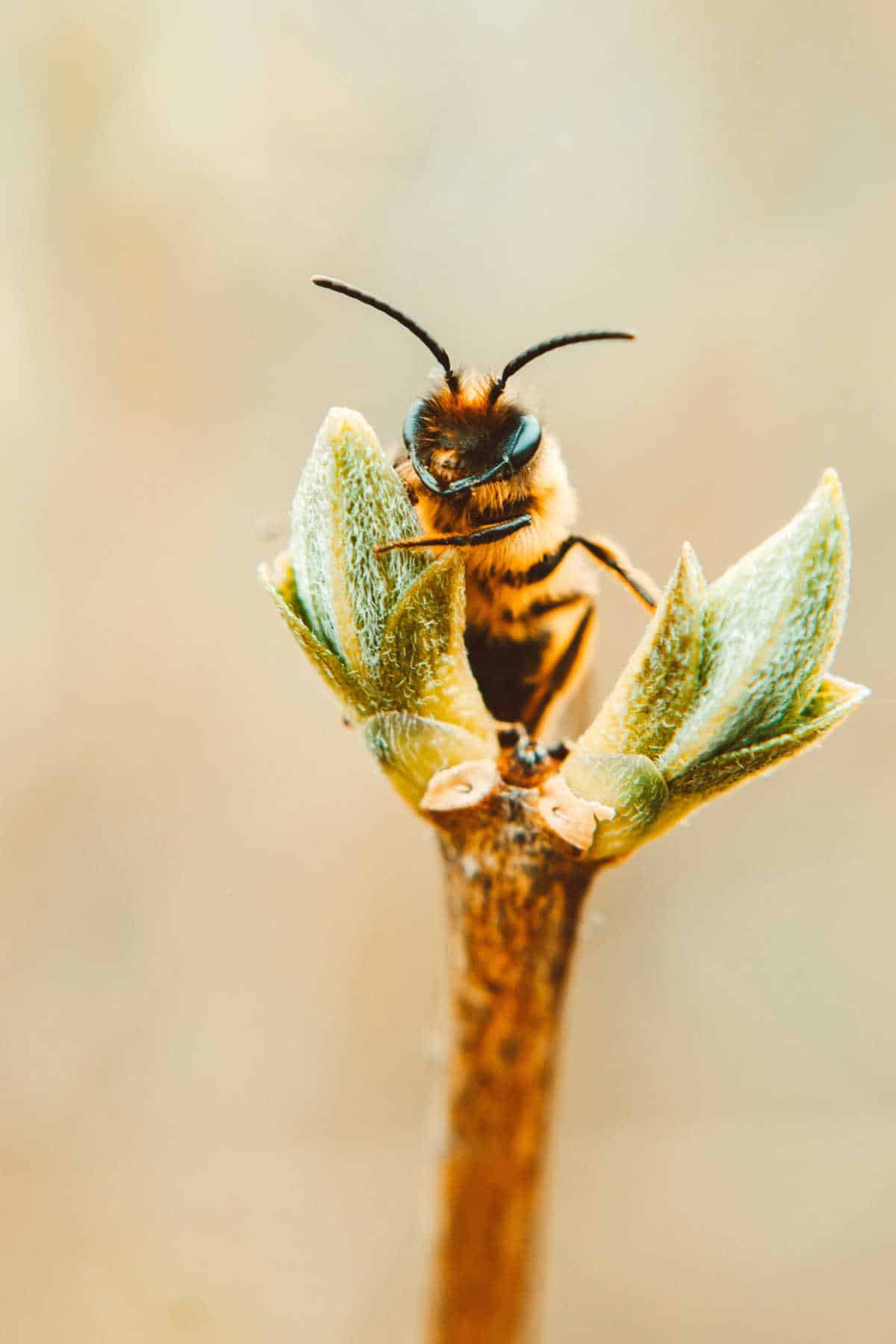
Whilst we humans communicate with each other chiefly through the spoken and written word, honey bees have an altogether more interesting form of communication. What is it? The medium of dance.
Known as the “Waggle Dance“, a bee performs this complex dance to let other honey bees know the exact direction, distance and quality of flowers. This helps other bees find the pollen and nectar they need. If that wasn’t fascinating enough, scientists have learned that it is in part learned by young bees as they observe more experienced bees.
If you want to help the bees, here are some of the best bee-friendly plants to add to your garden. Maybe the bees will dance about your plants!
2. Dung Beetles Navigate Using The Milky Way
In 2013, scientists discovered that Dung Beetles were the first-known creatures to navigate using the stars.
Dung beetles, as the name suggests, feed on animal dung. When they find a nice bit of dung, the beetles mould the dung into a ball and then roll it to a safe spot to feast on. Rolling the ball in a straight line ensures they do not circle back to the dungheap, where other beetles may be waiting to steal the balls of dung.
After observations by scientists, they found that beetles could roll their dung balls along straight paths under starlit skies, but not in overcast conditions. The tests were replicated in planetariums, and with dung beetles with tiny hats on, to block their view of the starry skies. Here they conclusively found that without a clear view of the starlight, dung beetles could only wander aimlessly.
3. Dolphins Have Names For Each Other
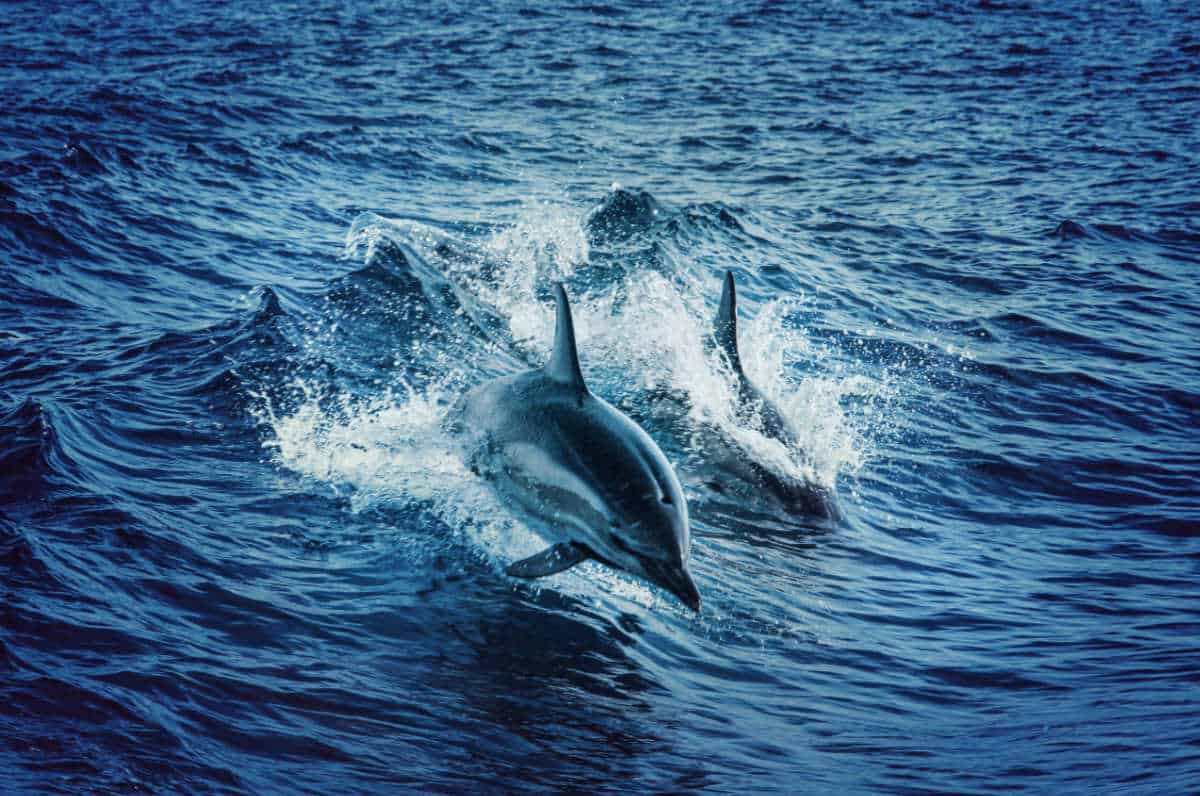
Researchers from the University of St Andrews found that dolphins use a unique whistle to identify each other, akin to how humans use names. Much like when we hear our name, we answer, when a dolphin hears its own call played back, it responds.
To investigate, researchers recorded a pod of bottlenose dolphins in the wild, capturing each animal’s unique sounds. The researchers then played these calls back to the group using underwater speakers, adding in whistles of different dolphins the group wouldn’t have come across to help test out their theory. The researchers found that individuals only responded to their own calls, by sounding their whistle back.
Scientists believe this unique adaption helps the dolphins to stick together as a group in their vast ocean.
4. Penguins Show Their Love With Rocks
Marilyn Monroe might have sung Diamonds Are A Girl’s Best Friend, but one of my favourite nature facts is that Gentoo penguins prefer stones.
Male Gentoo penguins scour the Antarctic seabed for the best stones they can find, before presenting them to their female partner in a move described by BBC Earth as “the penguin equivalent of giving a loved one a box of chocolates”.
Pebbles are so precious to Gentoo penguins, as they are used to build nests. However, pebbles can be hard to find along the Antarctic shoreline, so bringing pebbles to the females is the ultimate gesture of love from the male penguins.
5. Barn Owls Divorce Each Other

Ecologists have found that while barn owls are normally monogamous – mating with only one partner for life – about 25% of mating pairs “divorce”, and move on to new partners.
It appears the reason for divorce in barn owls is less irreconcilable differences and more so if breeding isn’t going to plan. If a breeding pair of owls isn’t managing to lay many eggs, or the majority of their chicks aren’t surviving then that seems to be the cue for barn owls to move on. When that happens, the male owl gets to keep the nest, and the female has to find a new home.
6. Plants Can Fight With Each Other
Whilst animals often fight with each other, did you know that plants can be just as vicious?
Take the Giant Water Lily (Victoria amazonica), for example. This beast of a plant grows in water in the Pantanal region of Brazil – with the lily pads growing up to 3 metres in size. The lily pads are covered in spikes, which crush their way through any other plants in their way.
However, it’s not just its size and spikes that make the Giant Water Lily so vicious. It’s unique in that it clubs other plants that cross its path.
This plant starts life as a little spiked leaf bud that grows up towards the surface of the water. As it emerges it uses this bud like a club to clear away other plants from the water’s surface to make space for it.
7. Eels Have A Unique Lifecycle Spanning Continents & Oceans
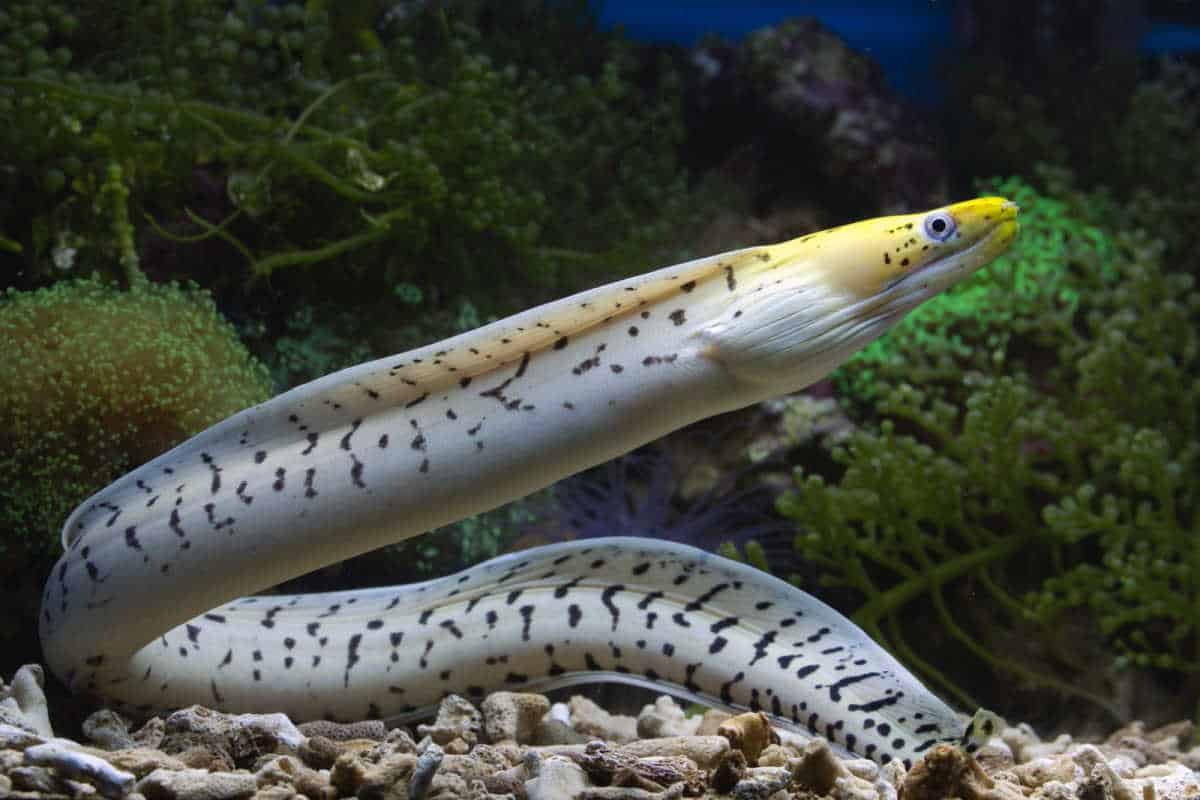
The humble Eel has a unique lifecycle that spans continents and oceans. Many species of eels start their lives as transparent larvae in the depths of the Sargasso Sea, a vast, swirling stretch of the North Atlantic Ocean. Here, they hatch from eggs laid by adult eels and drift on ocean currents, eventually washing up in rivers and estuaries in Europe.
Once they reach their freshwater destinations, eels undergo remarkable transformations, adapting from life in the open ocean to freshwater habitats. They spend years, sometimes even decades, maturing and growing before making the long journey back to the Sargasso Sea to spawn once, before dying.
8. The Loudest Animal In The World Is A Shrimp
Ready for another mind-blowing fact about nature? Well, one of the loudest animals in the world is a shrimp that is just 2cm long. The Pistol Shrimp can snap its claw so fast that it can be used as a sonic weapon that it uses to stun prey, before eating them.
As the claw snaps shut, it fires a blast of bubbles. As the bubbles collapse, they produce a sonic blast that’s so loud it can even disrupt the sonic transmissions of submarines. The imploding bubbles also momentarily generate temperatures almost as hot as the sun. The sonic blast stuns the prey, allowing the tiny shrimp to feast without having to engage in a fight. It’s a good reminder that small can be mighty.
9. Great White Sharks Can Detect Blood From A Quarter Of A Mile Away
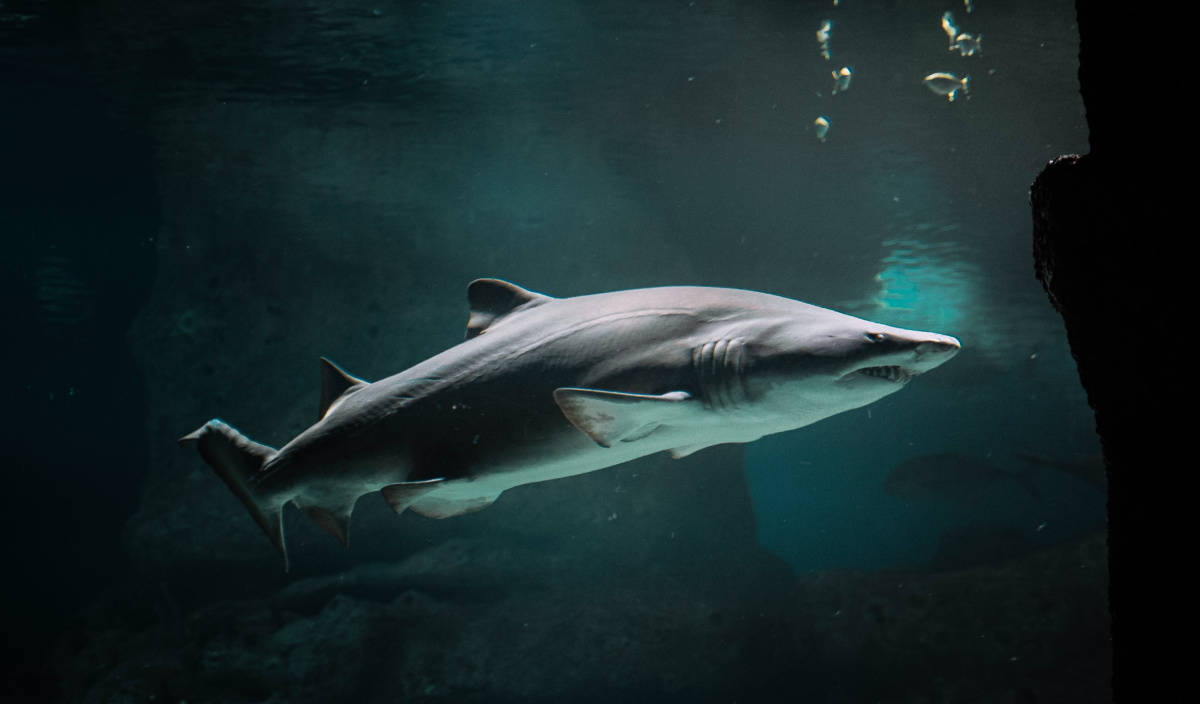
Great White Sharks, like other sharks and fish, have an amazing sense of smell and can detect a tiny drop of blood from around a quarter of a mile away. That’s about the same amount as one drop of blood in a small swimming pool.
What makes them so good at sniffing out blood? It all comes down to their anatomy and biology. Sharks possess highly developed olfactory organs – called olfactory bulbs – located in their snouts. These bulbs are packed with sensory cells known as olfactory receptors, which are extremely sensitive to chemical cues in the water.
However, whilst Great Whites are good are sniffing out blood, they are not the bloodthirsty killers depicted in movies such as Jaws. Sharks do not naturally hunt humans, and kill around 10 humans a year.
In comparison, humans kill an estimated 100 million sharks every year – making us humans the bloodthirsty killers. In fact, director Stephen Spielberg has already expressed his regret at how he portrayed the species in his movies, as it contributed to the rise in shark hunting.
10. Trees Can Communicate With Each Other

Another mind-blowing fact about nature and the natural world is that trees can communicate with each other. Whilst they don’t use words, they communicate through a complex network of fungi called mycorrhizal networks.
This is a network of fungi which connects the roots of neighbouring trees in a web of symbiotic relationships – dubbed by some as the “wood wide web“.
It is believed that through this network trees share nutrients, warnings about pests, and even support weaker members of their community – meaning that each tree plays its part in ensuring the well-being of the entire forest. A metaphor for us all, if ever there was one.
11. Armadillo Shells Are Bulletproof

Armadillos may look cute. However, one Texas man found out the hard way that they’re not to be messed with, when he tried to shoot an armadillo that wandered into his garden. Instead of killing the armadillo, the bullet ricocheted off its hard shell and hit the shooter in the face.
The hard shell of the armadillo – known as a carapace – is composed of bony plates covered by a tough layer of keratin. This gives the armadillo amazing protection against predators, environmental hazards, and thankfully, humans.
12. Crows Remember Faces
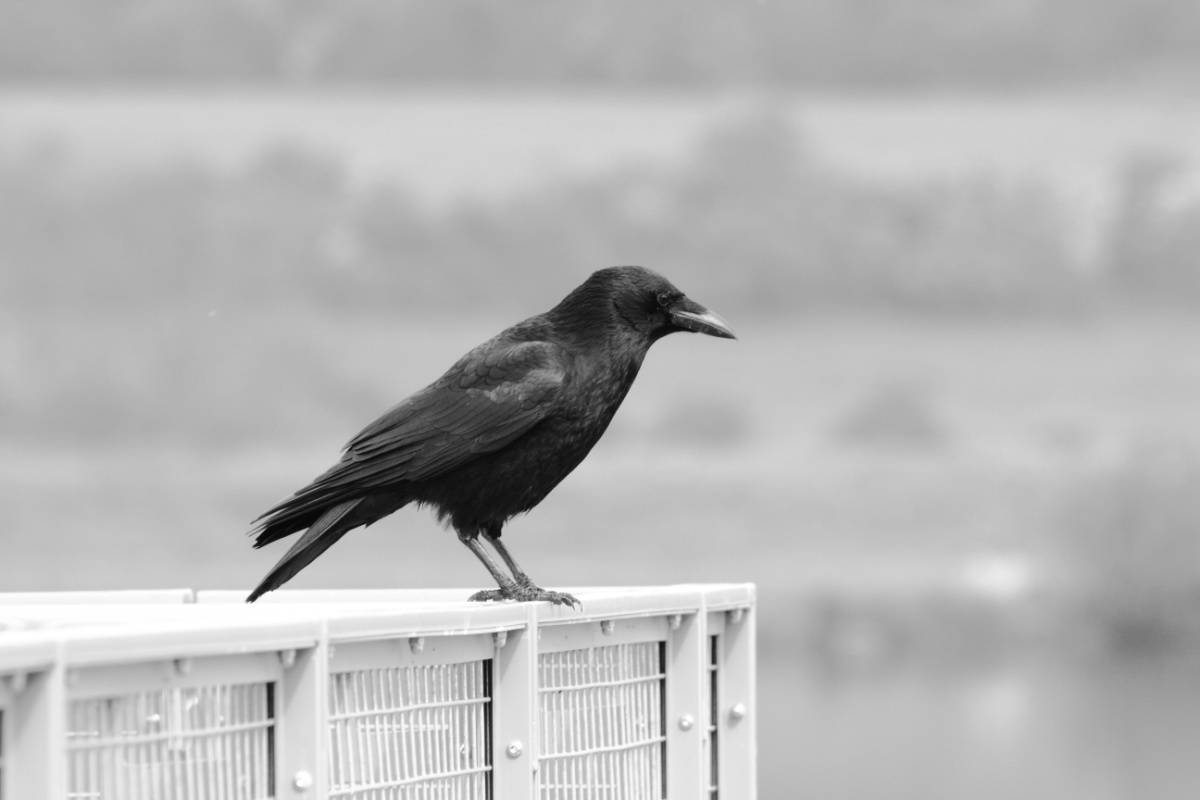
Researchers have found that crows can recognise individual human faces. It is believed that crows learn to recognise threatening humans from both their parents and others in their flock.
Ornithologists believe this gives corvids the evolutionary edge. One researcher, Dr Marzluff said “If you can learn who to avoid and who to seek out, that’s a lot easier than continually getting hurt. I think it allows these animals to survive with us and take advantage of us in a much safer, more effective way.”
13. Manatees Control Their Buoyancy By Farting

Scientists say there is some evidence that manatees can regulate their underwater buoyancy by farting – releasing gas to sink deeper into the water, or storing it to rise closer to the surface.
This evidence includes just how muscular the manatee’s abdominal muscles and diaphragm (the muscle that helps control breathing) are. When this is combined with the enormous size of the manatee’s large intestine, and the ease with which manatees can adjust their depth in the water with minimal movement, then these factors indicate that farting could play a large role in their buoyancy control.
14. Venus Flytrap Plants Can Count
Carnivorous plants, including the Pitcher Plant and the Sundew plant, are endlessly fascinating in their own right. However, the Venus Flytrap deserves special attention in this round-up of the best nature facts. Why is that? Well, it turns out that Venus Flytraps can actually count.
As Sir David Attenborough demonstrates in the above video, the Venus Flytrap needs to avoid false alarms. This is because snapping its jaws shut on a raindrop or falling twig would be a waste of energy.
Instead, it conserves precious energy by counting. It will only close its jaws once something has brushed against tiny hairs found inside the leaves twice in twenty seconds.
Once it closes its jaws, it doesn’t start eating or stop counting. To avoid false alarms, it waits until it has received five separate touches to those hairs. Only once has it had five separate touches, will it then start to digest the unfortunate insect.
16. Termites Drum Using Their Heads
Drumming isn’t something unique to humans. It turns out that some species of termites can drum – using their head – to signal danger to other termites.
The African termite (Macrotermes natalensis) builds heaped mounds on top of its huge networks of tunnels. Ecologists have observed that soldier termites protect the mounds. If threats to the colony, such as termite-eating aardvarks or pangolins approach, the termites then start drumming to alert other termites.
When other termites hear the drumming noise, they start drumming too – helping the alarm spread to as many termites as possible. It’s an amazing warning system that helps keep termites safe from predators.
15. The Smell Of Freshly Cut Grass Is A Distress Signal

Whilst the smell of freshly cut grass may be synonymous with summer, the reason why cut grass smells isn’t such a sunny story. According to botanists, what we are actually smelling is a warning signal being released by plants under attack. In one of the more disturbing nature facts, the smell is described as ‘cries of horror’ from the cut grass which are received by other plants and animals.
Why does grass do this? Well, the smell emitted by freshly mown grass is known as green leaf volatiles (GLVs). All plants produce GLVs. One particular study on corn crops found that when predators chewed on the corn, the GLVs made other corn plants produce substances which made them less tasty. This suggests that plants use GLVs as a warning system – letting other plants know about potential threats.
16. Fungi Can Turn Ants Into Zombies
Fungi might seem relatively benign unless you eat something you shouldn’t. However, some types of fungi can create zombie ants.
The spores of the Cordyceps fungi can infect ants, and parasitise them – causing them to act quite literally like zombies. The infected ants are compelled to leave their nests and climb onto nearby plants – a behaviour that’s crucial for the fungus’s reproductive cycle.
Once the ant reaches a suitable location, the fungus continues to grow, eventually killing the ant. A stalk-like structure then emerges from the ant’s body, releasing spores into the surrounding environment. These spores can infect other ants, continuing the zombie cycle.
17. Plants Can Recognise Their Siblings

In another weird fact about nature, a few years ago biologists at McMaster University discovered that plants can recognise their siblings.
The biologists found that plants are competitive when forced to share a pot with strangers of the same species. They grow more roots, which allows them to outcompete other plants for water and mineral nutrients in the soil. However, their research uncovered that plants are more accommodating when potted with their siblings. It was found that in this circumstance, they don’t increase their root growth.
Until then, we didn’t know that plants can recognise and favour relatives.
18. Trees Are The Longest-Living Organisms On The Planet
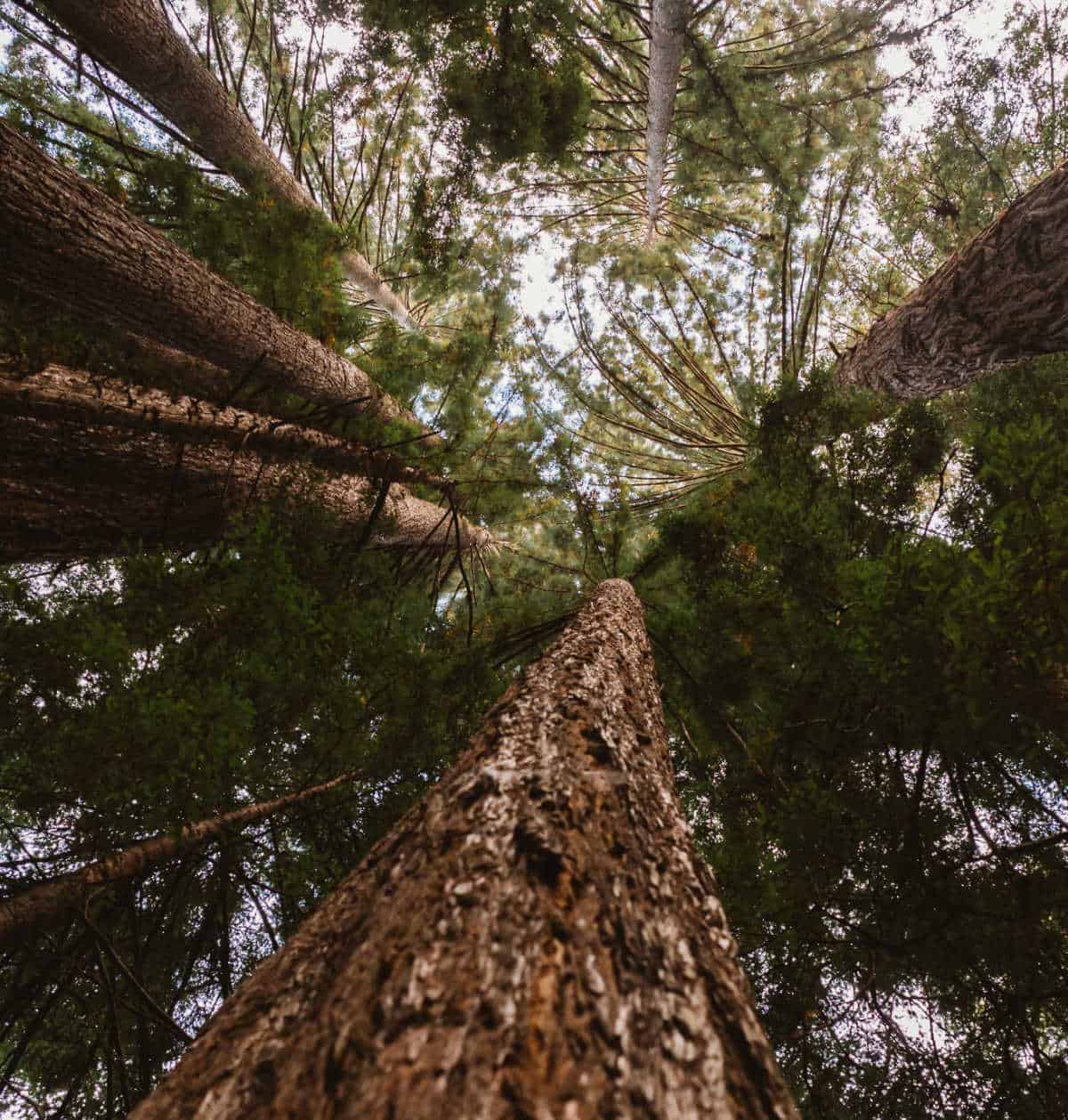
Depending on what tree species you include, the oldest trees on the planet could be tens of thousands of years old.
This is certainly the case of the Pando – a well-known aspen grove in Utah, in the US. Here, the grove is made up of genetically identical trunks that are connected through a single root system that sends up new shoots over time. With estimates of its age ranging from 25,000 years to 80,000 years old – it’s difficult to date exactly as the original shoot has long since decomposed.
If you’re looking for a tree with a single trunk, then the oldest known tree was the Great Basin bristlecone pine tree, which grew for around 4900 years. It survived until 1964 when a student cut it down.
19. Male Garter Snakes Pretend To Be Female
In an amazing act of mimicry, male garter snakes imitate female garter snakes by releasing pheromones that make them smell like female snakes.
The reason the male snakes do this is that when they emerge from hibernation, snakes are cold and can’t move very fast. Yet immediately after hibernation, the snakes are in a race to mate. Female snakes only mate once, so there is huge competition with the other males.
By imitating a female snake, the male garter snake attracts males that will cuddle him and warm him up. Once he’s warmed up, he can quickly slink off and join the race to mate.
20. Male Giraffes Drink Female’s Urine Before Mating
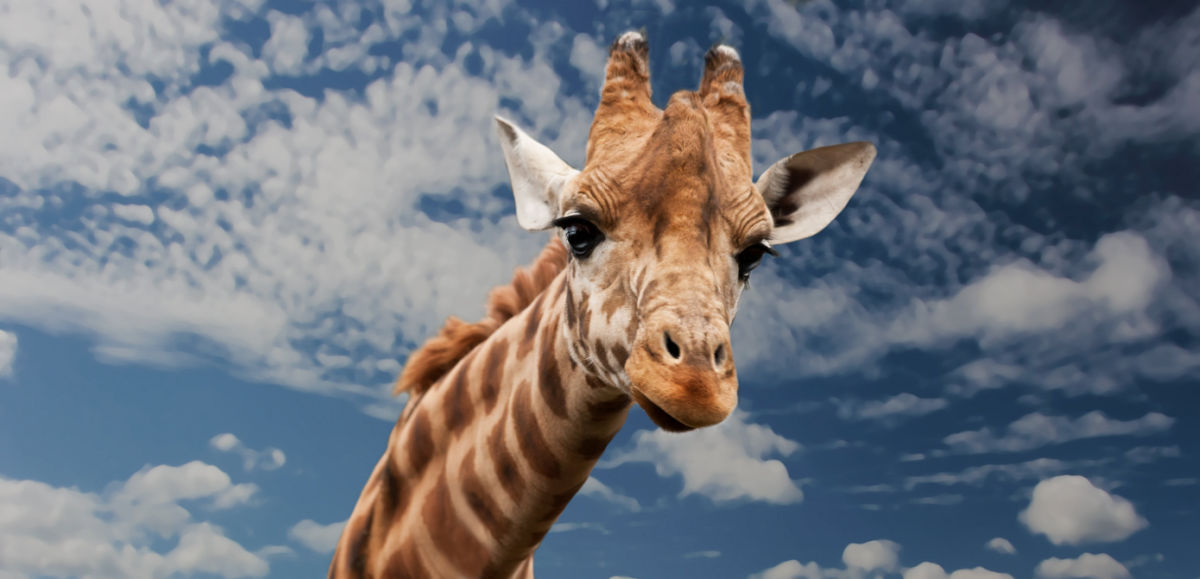
In one of the most unusual courtship behaviours found in the animal kingdom, male giraffes drink the female giraffe’s urine before mating. It’s sort of like an ovulation test. Animal behaviourists have found that by doing so the male can detect pheromones in the urine that indicate if the female is ready to mate.
Whilst many animals rely on their sense of smell for that particular job, the reason that male giraffes sample the female’s urine is that their pheromone-detecting organ has a stronger connection to their mouth than their nose. So, whatever you do, don’t get too close to a giraffe’s tongue!
Take Action
Any favourite nature facts you would care to share? And if you’re been compelled to help nature then check out my guide to animal awareness days as well as my big guide to environmental awareness days, to find easy ways to help throughout the year.
Found this post useful? Please consider buying me a virtual coffee to help support the site’s running costs.











